Troubled by persistent dark marks, uneven pigmentation, or blotchy skin tone? HHLite Cream might be just what your dermatologist ordered. Specially formulated to lighten skin discoloration and improve overall skin texture, this cream is commonly recommended for melasma, dark patches, and hyperpigmentation.
Let’s dive into what makes it so effective, its key ingredients, usage, price, substitutes, and more.
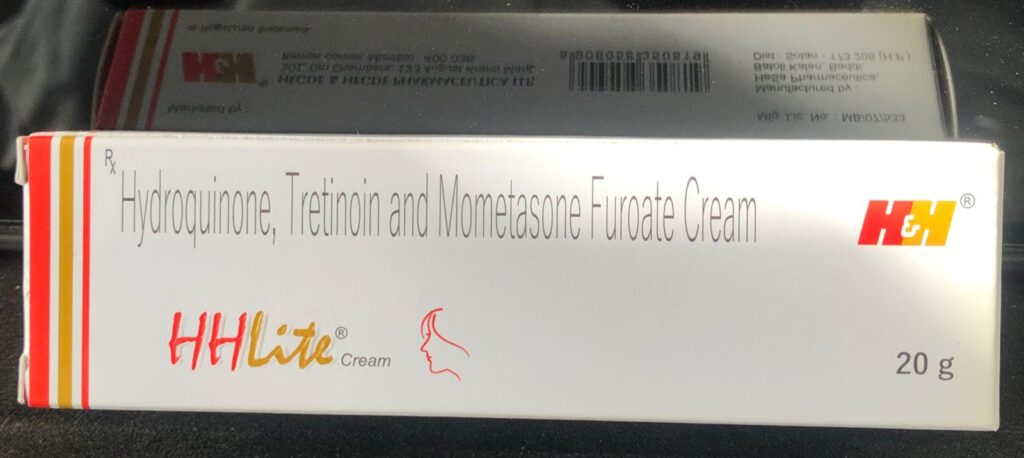
Table of Contents
HHLite Cream: Composition, Benefits, Substitutes & Price, and More
It is a dermatologist-prescribed topical skin lightening formulation. It’s often used to treat:
- Melasma (dark skin patches on the face)
- Hyperpigmentation
- Post-inflammatory dark spots (like acne scars)
- Uneven skin tone
This cream works by inhibiting melanin production, which is responsible for skin color and dark spots.
HHLite Cream Composition:
Each gram of it typically contains a powerful triple combination:
- Hydroquinone (2%) – A skin-lightening ingredient that helps reduce melanin formation to fade pigmentation.
- Tretinoin (0.025%) – A Vitamin A derivative that promotes skin cell turnover.
- Mometasone Furoate (0.1%) – A mild corticosteroid that reduces redness, swelling, and irritation.
Together, these ingredients help fade dark patches, exfoliate damaged skin, and prevent inflammation during treatment.
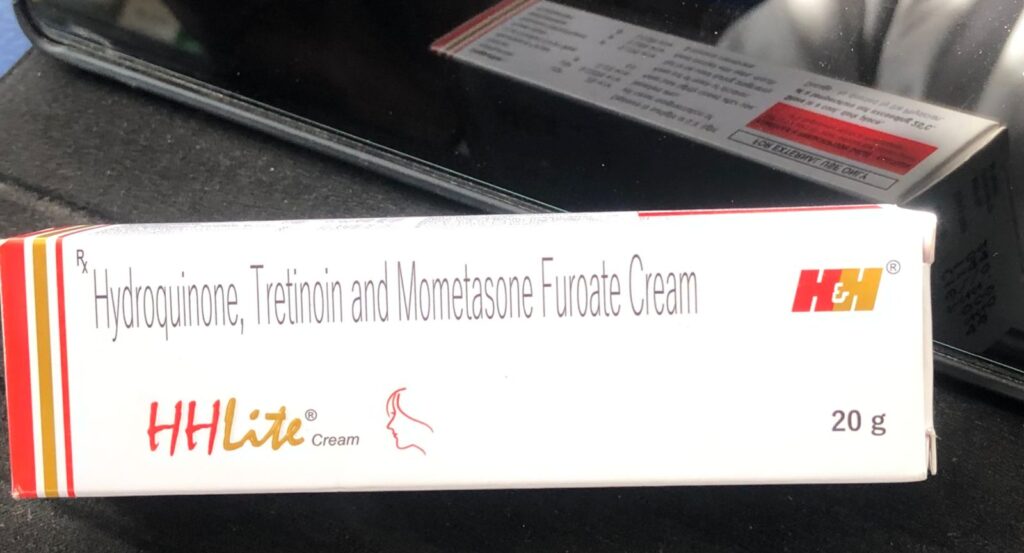
HHLite Cream Benefits:
Here are some of the top benefits of it:
- Lightens stubborn dark spots and patches
- Reduces melasma and skin discoloration
- Promotes smoother, more even-toned skin
- Fades post-acne marks and sun damage
Boosts skin brightness with regular use
How to Use HHLite Cream:
Stick to these guidelines to ensure effective and safe results:
- Cleanse your face gently and pat dry.
- Apply a pea-sized amount of the cream to the affected area only.
- Use it once daily at night, unless your doctor recommends otherwise.
- Apply broad-spectrum sunscreen in the morning, as the cream can make your skin more sensitive to sunlight.
Important: Do not use this cream on broken or irritated skin. Avoid using it around the eyes, mouth, and inside the nose.
HHLite Cream Substitutes:
If it is unavailable or doesn’t suit your skin, here are some commonly prescribed alternatives with a similar composition:
| Substitute Brand | Key Ingredients |
| Melalite Forte Cream | Hydroquinone, Tretinoin, Mometasone |
| Triglow Cream | Hydroquinone, Tretinoin, Fluocinolone |
| Demelan Cream | Arbutin, Kojic Acid, Glycolic Acid |
| Skinlite Cream | Hydroquinone, Tretinoin, Mometasone |
Always consult your dermatologist before switching creams.
HHLite Cream Price in India:
The price of it can vary slightly by location and pharmacy.
- Average Price: ₹200 to ₹300 for a 15g tube
- Availability: Prescription-only, found in most Indian pharmacies and online platforms like Netmeds, Apollo, and Tata 1mg

Precautions to Keep in Mind:
To use it safely and effectively, keep the following precautions in mind:
- Always apply sunscreen (SPF 30 or higher) during the day to avoid sunburn or hyperpigmentation rebound.
- Use for short-term treatment only (usually up to 8 weeks). Prolonged use, especially of steroids, can thin the skin.
- Do not apply to cuts, open wounds, or sunburnt skin.
- Not suitable for children below 12 years unless prescribed.
- Not recommended during pregnancy or breastfeeding unless advised by a doctor.
Do not apply moisturizers or other actives over it unless told by your doctor.
HHLite Cream Side Effects:
While generally effective, it may cause side effects, especially in the initial weeks of use. These include:
Common Side Effects (mild and temporary)
- Skin peeling
- Mild burning or stinging
- Redness or dryness
- Itching
Rare but Serious Side Effects
- Skin thinning (with long-term use of corticosteroids)
- Stretch marks or visible veins
- Allergic reactions like rash, swelling, or blisters
- Increased sensitivity to sunlight
If you experience any severe or persistent side effects, stop using it and consult a dermatologist immediately.
HHLite Cream Uses
It is a topical skin treatment used to lighten areas of darkened skin and improve overall skin tone. Dermatologists usually prescribe it for pigmentation-related issues, thanks to its powerful combination of Hydroquinone, Tretinoin, and Mometasone.
Here’s a breakdown of the common uses:
1. Melasma
- It is highly effective in treating melasma, a condition that causes brown or gray-brown patches on the face—often due to hormonal changes, sun exposure, or pregnancy.
2. Post-Inflammatory Hyperpigmentation (PIH)
- Used to lighten dark marks left behind by acne, insect bites, or other skin injuries.
3. Freckles and Age Spots
- Helps reduce freckles, sunspots, and age-related dark spots caused by long-term sun exposure.
4. Uneven Skin Tone
- Improves skin texture and evens out blotchy skin, especially on the cheeks, forehead, and chin.
5. Dark Patches on Neck, Underarms, or Elbows
- It can be used (with caution and under medical supervision) to lighten darkened areas due to friction, shaving, or hormonal imbalances.
6. Lentigines
- Treats solar lentigines (flat brown spots that appear with age or sun damage).
Note: HHLite is a prescription cream and should be used under medical supervision. Overuse or misuse may cause skin thinning, irritation, or rebound pigmentation.
Note: Here you will get all the information about the Augmentin 625 (Antibiotic 625)
Frequently Asked Questions (FAQs):
Q1. How long does HHLite Cream take to show results?
Q2. Is it safe to apply HHLite Cream in the daytime?
Q3. Is HHLite Cream safe during pregnancy or breastfeeding?
Q4. Can HHLite Cream be used for acne?
Q5. What are the side effects?
Conclusion
It is a strong pigmentation-reducing formula widely used to lighten melasma, fade dark spots, and clear post-acne discoloration. With proper use and sun protection, it can help reveal a clearer, more radiant complexion.
However, this is a prescription-strength cream that should be used under dermatological supervision to avoid long-term skin damage or steroid dependency.
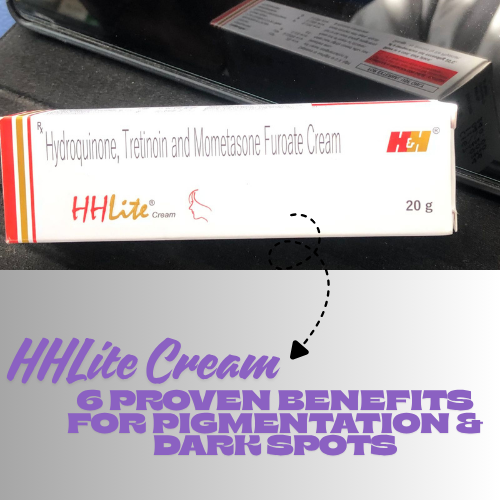
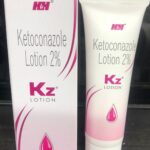


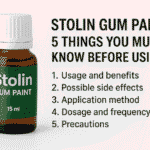
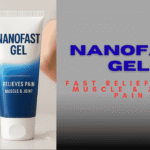
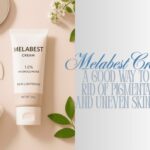
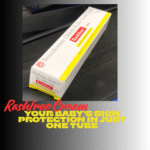
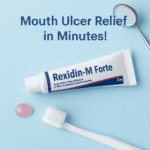
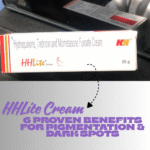
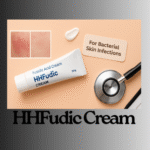
1 thought on “HHLite Cream: A Complete Guide to Skin Brightening & Hyperpigmentation Care”